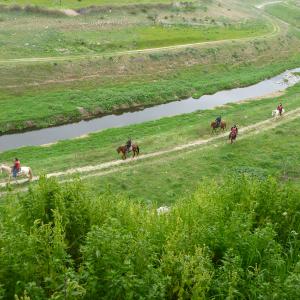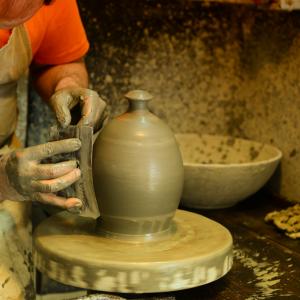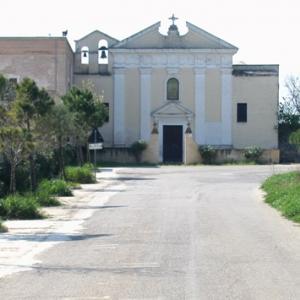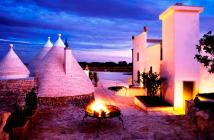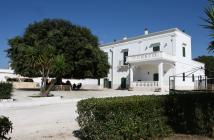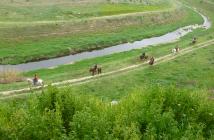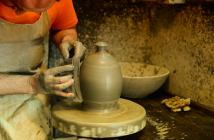FRANCIGENA GREEN ROAD
The ancient sacred route
A route through a rich landscape, an authentic, age-old rural culture, and sites of great artistic, archaeological and anthropological interest. The Francigena Green Road is a pilgrimage route, but also a route of commerce, myths and legends, an identifying trait of rural archaeology, and one now aiming to promote the principles of Green Economy and sustainable tourism.
From Crispiano, land of the Hundred Farmhouses (Masserie), to Grottaglie, the town of ceramics, from the ancient farmhouses to the places of worship, the old villages, the archaeological sites, the wineries and the oil mills.

 View Interactive Map
View Interactive Map



